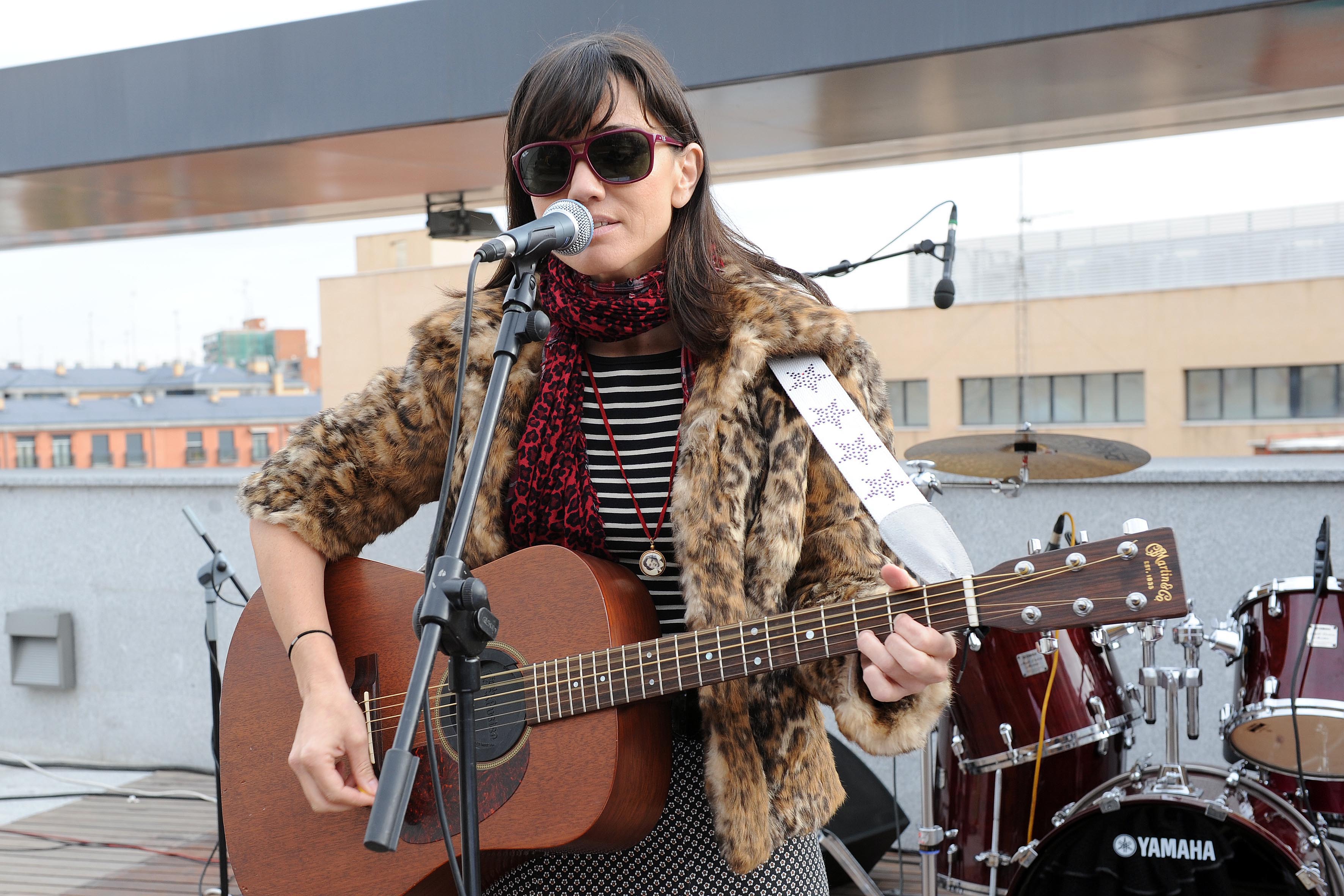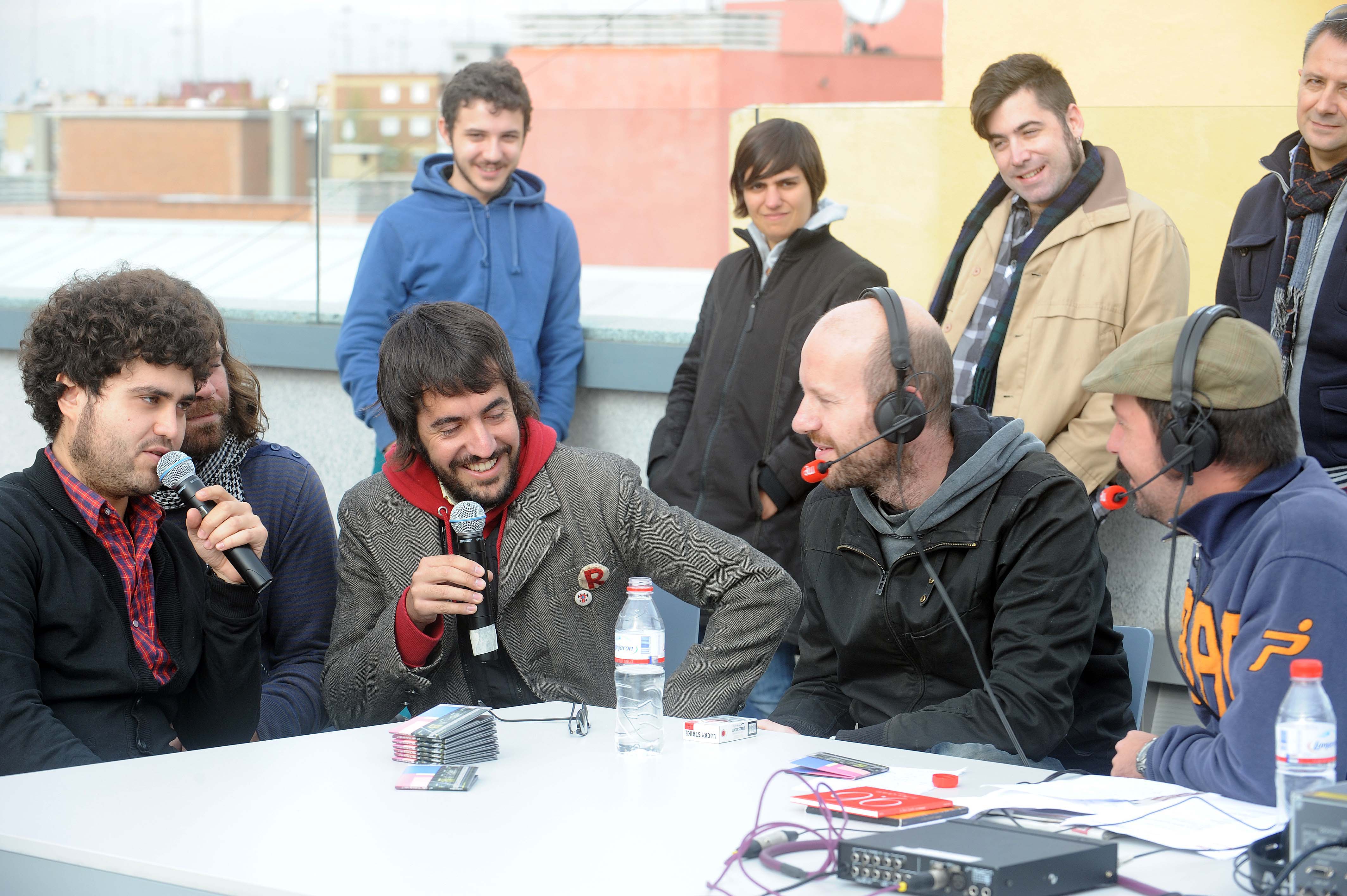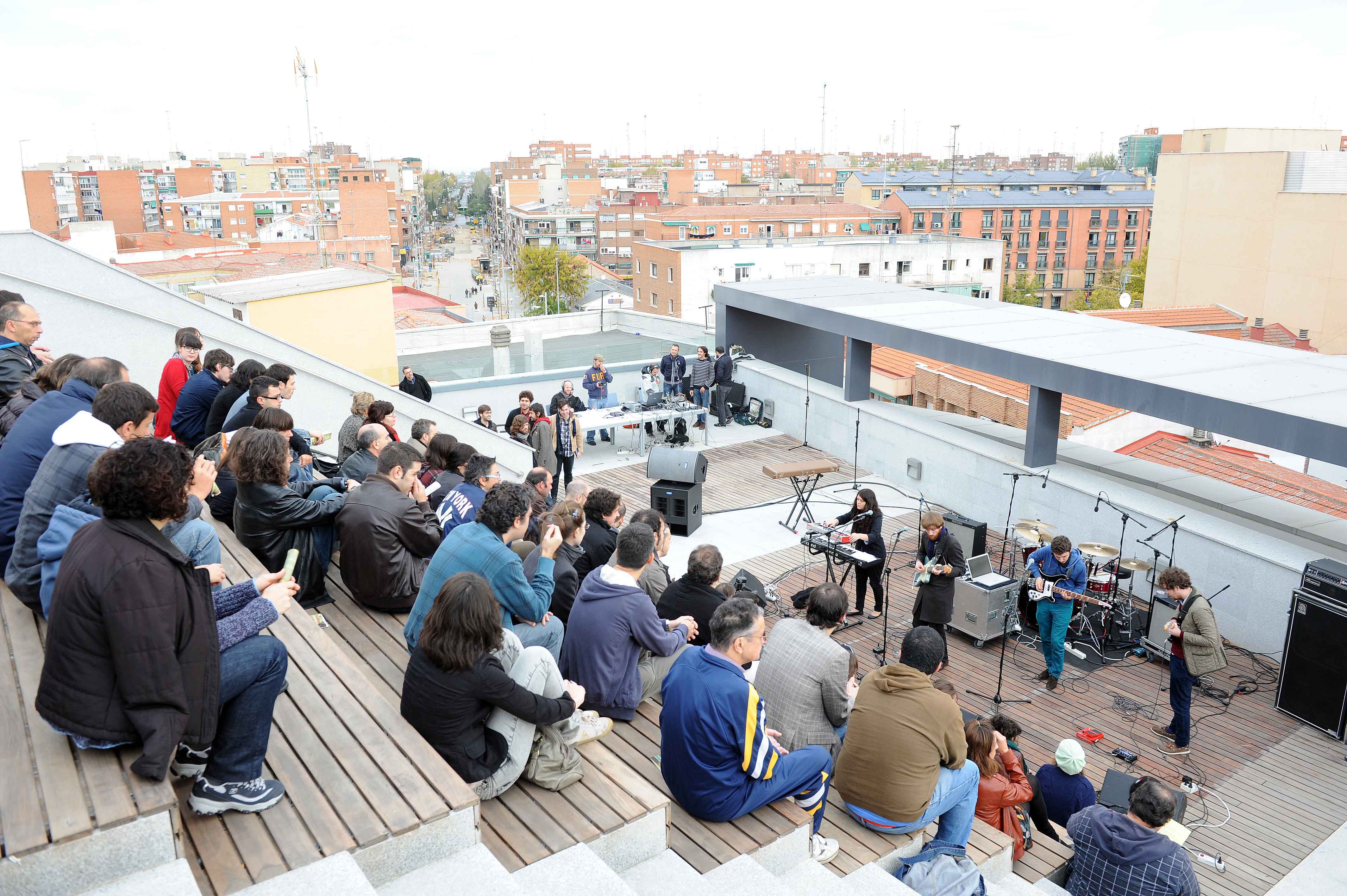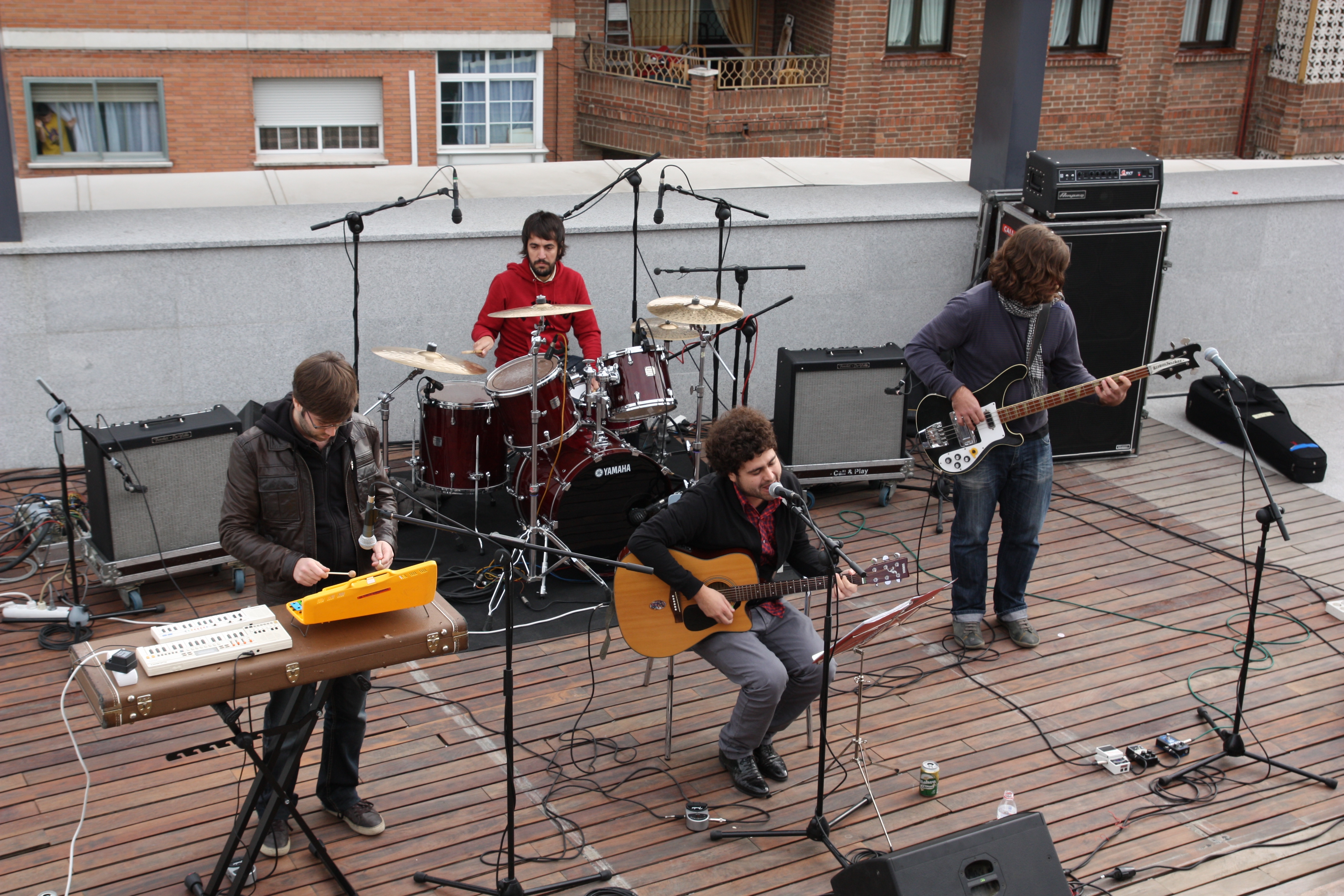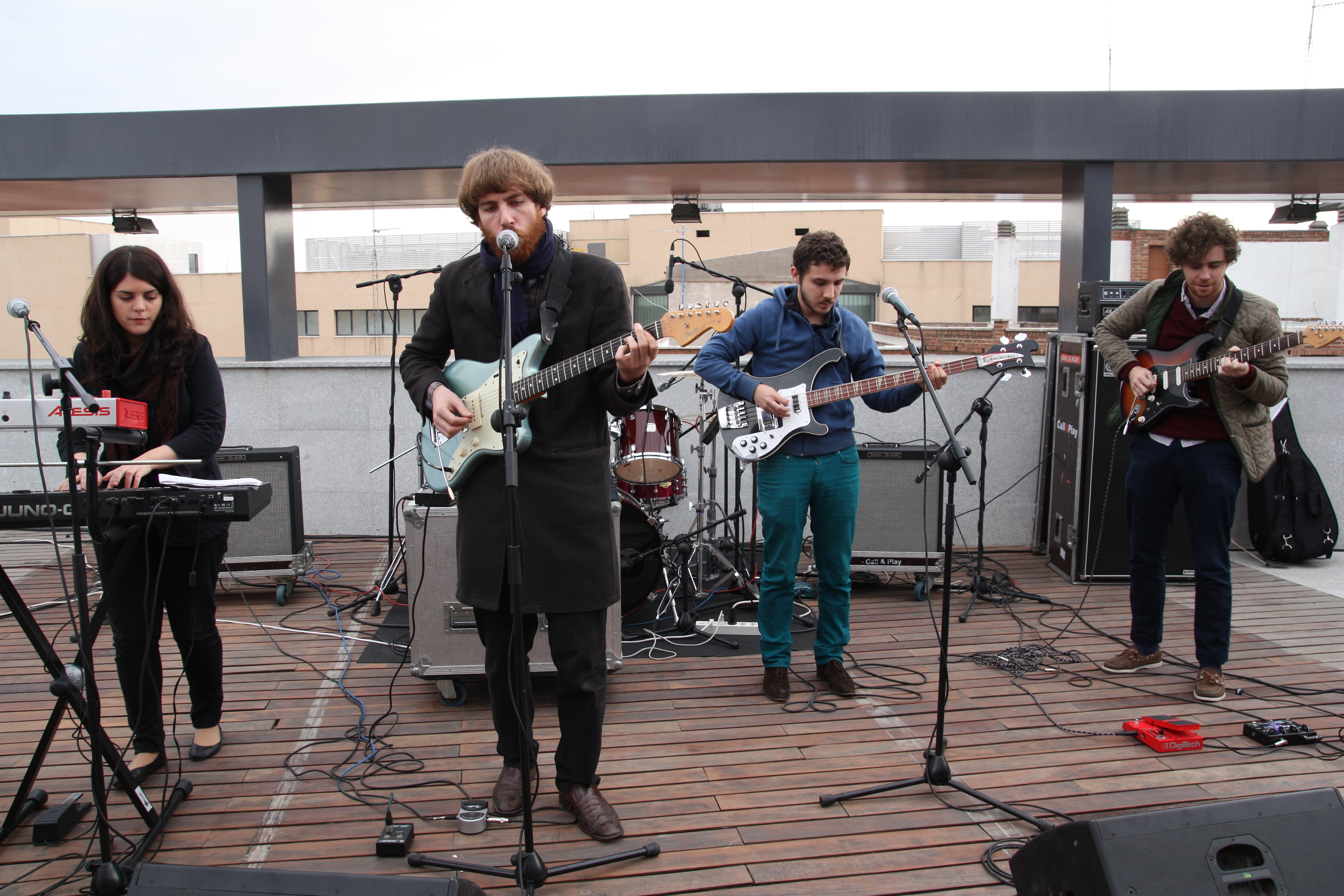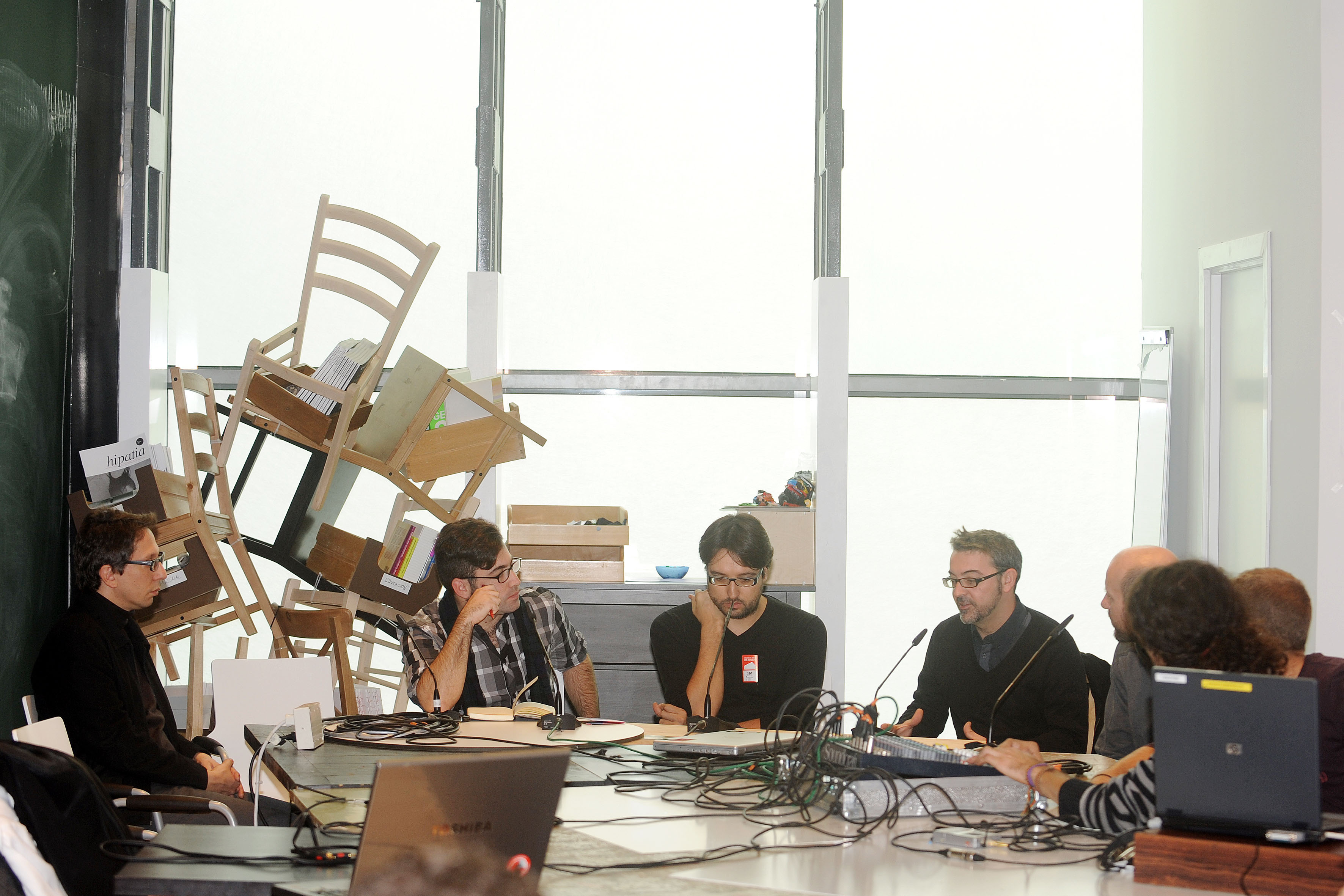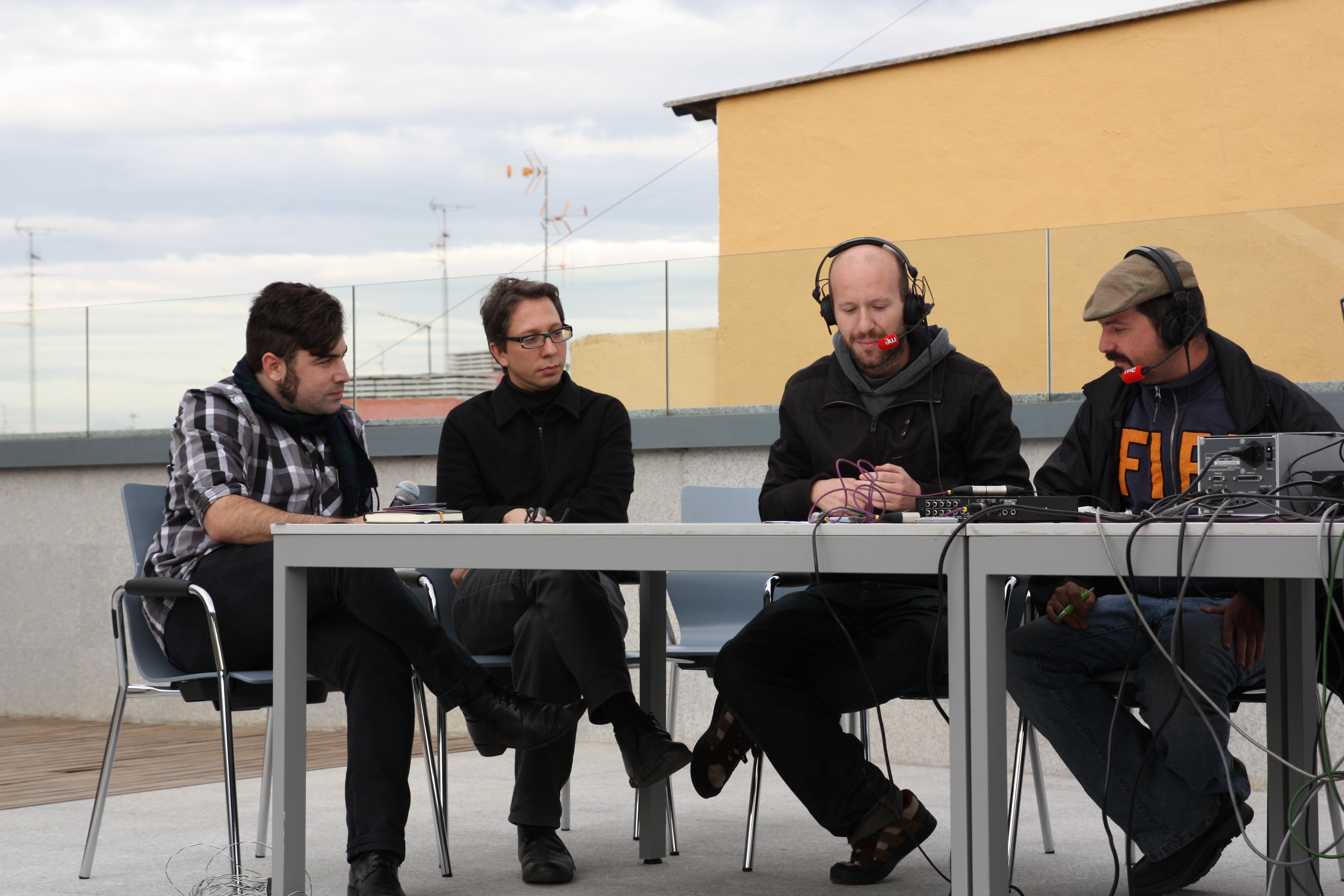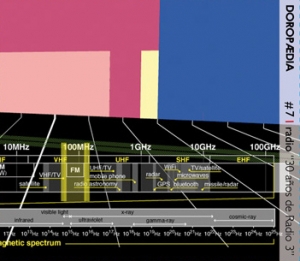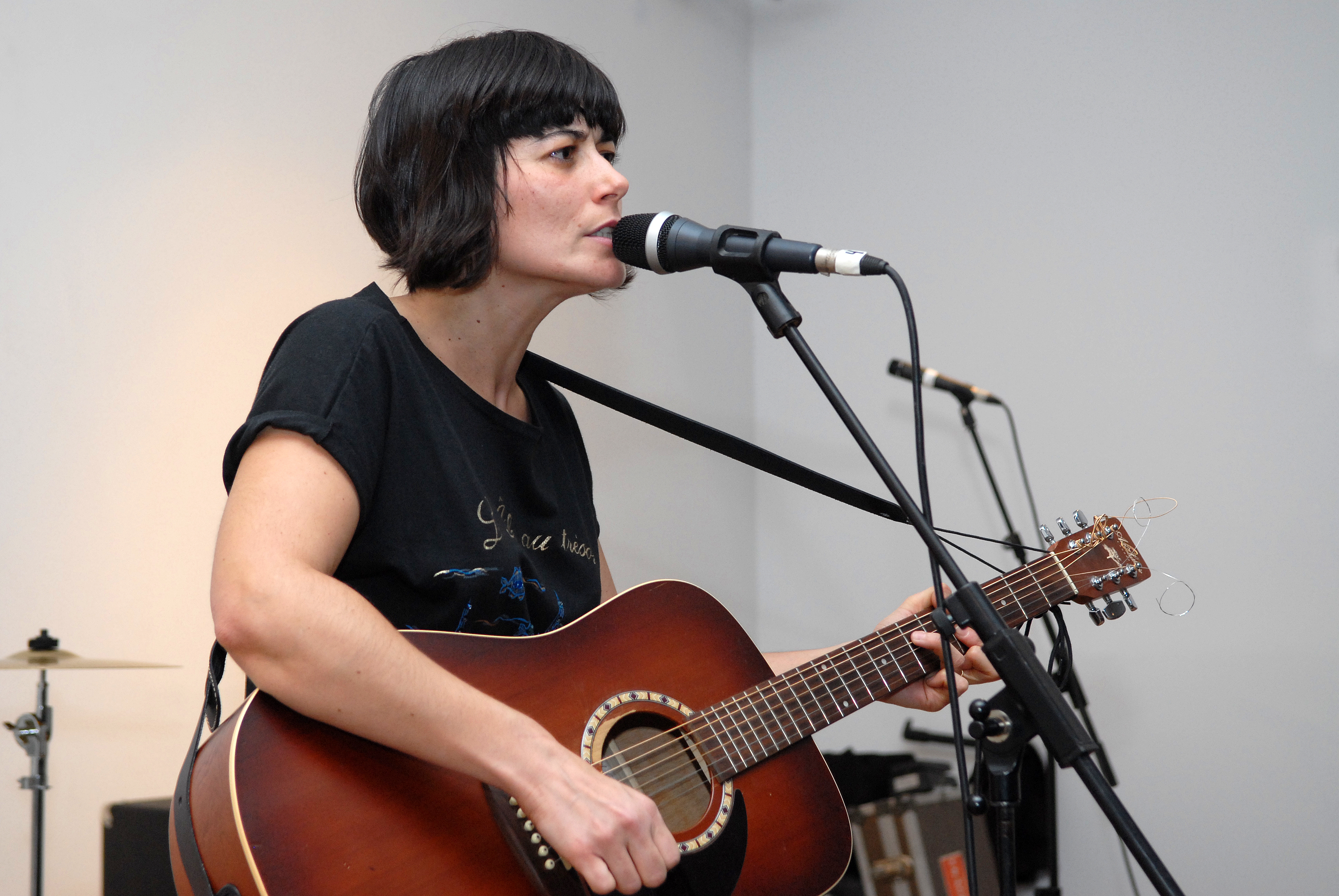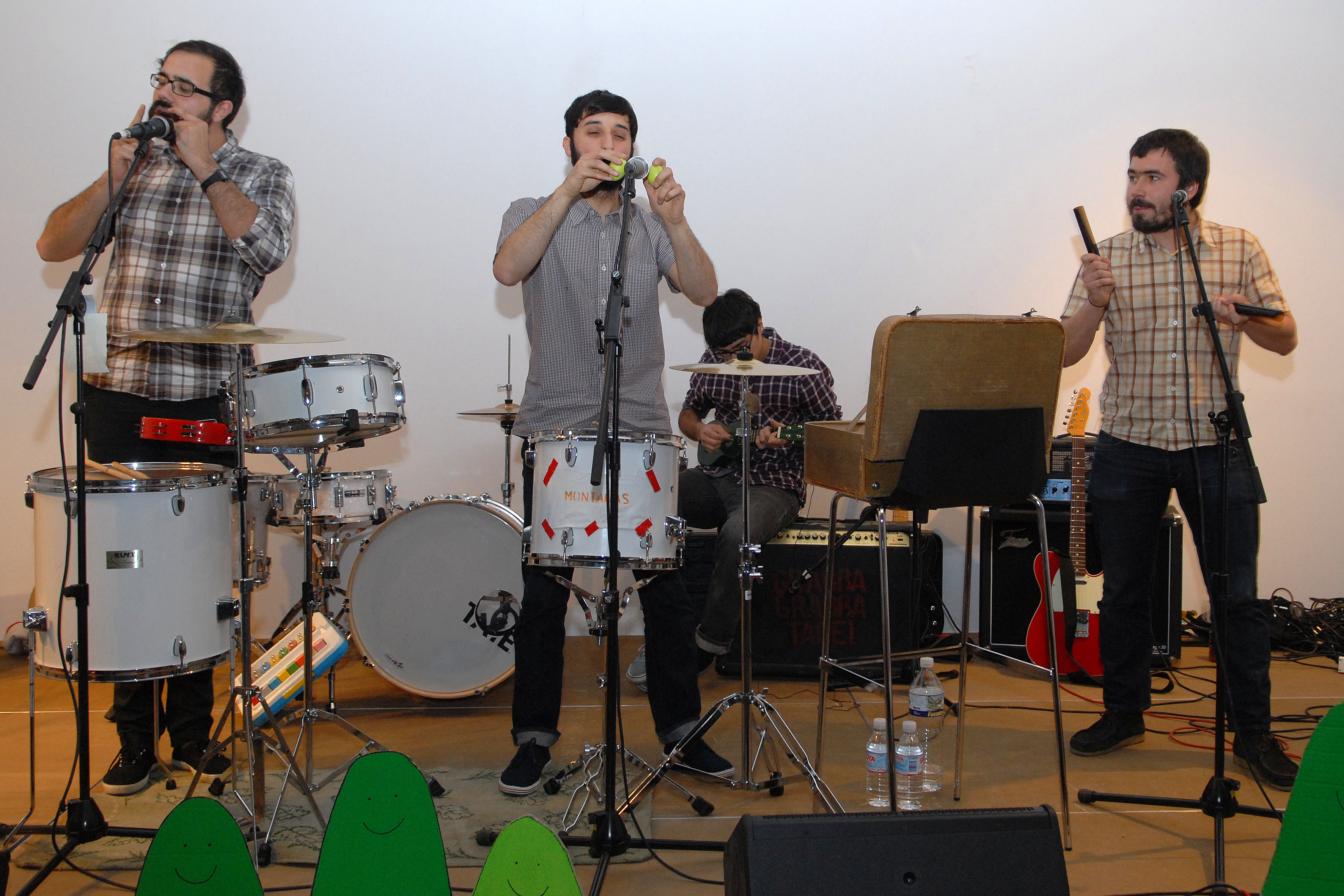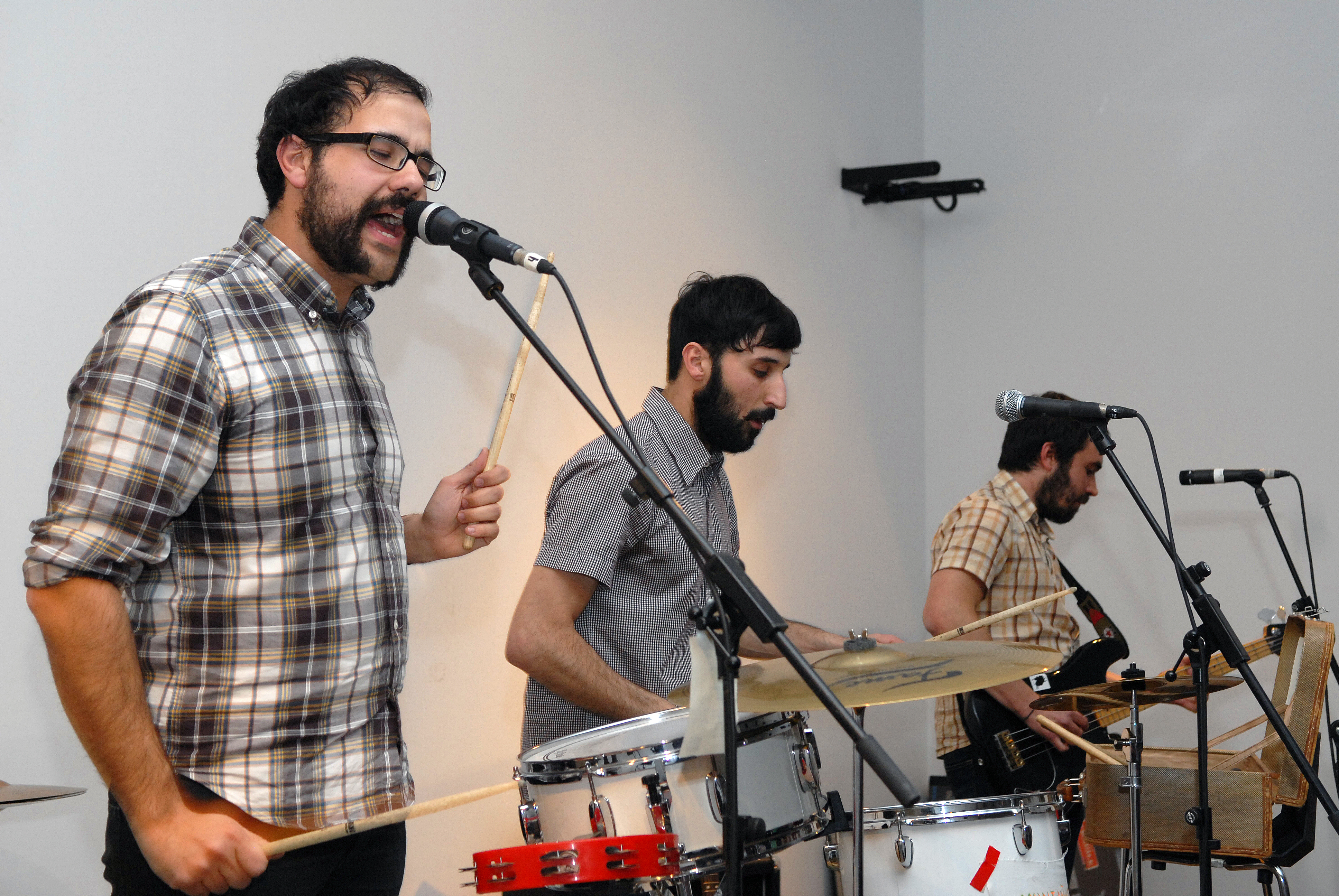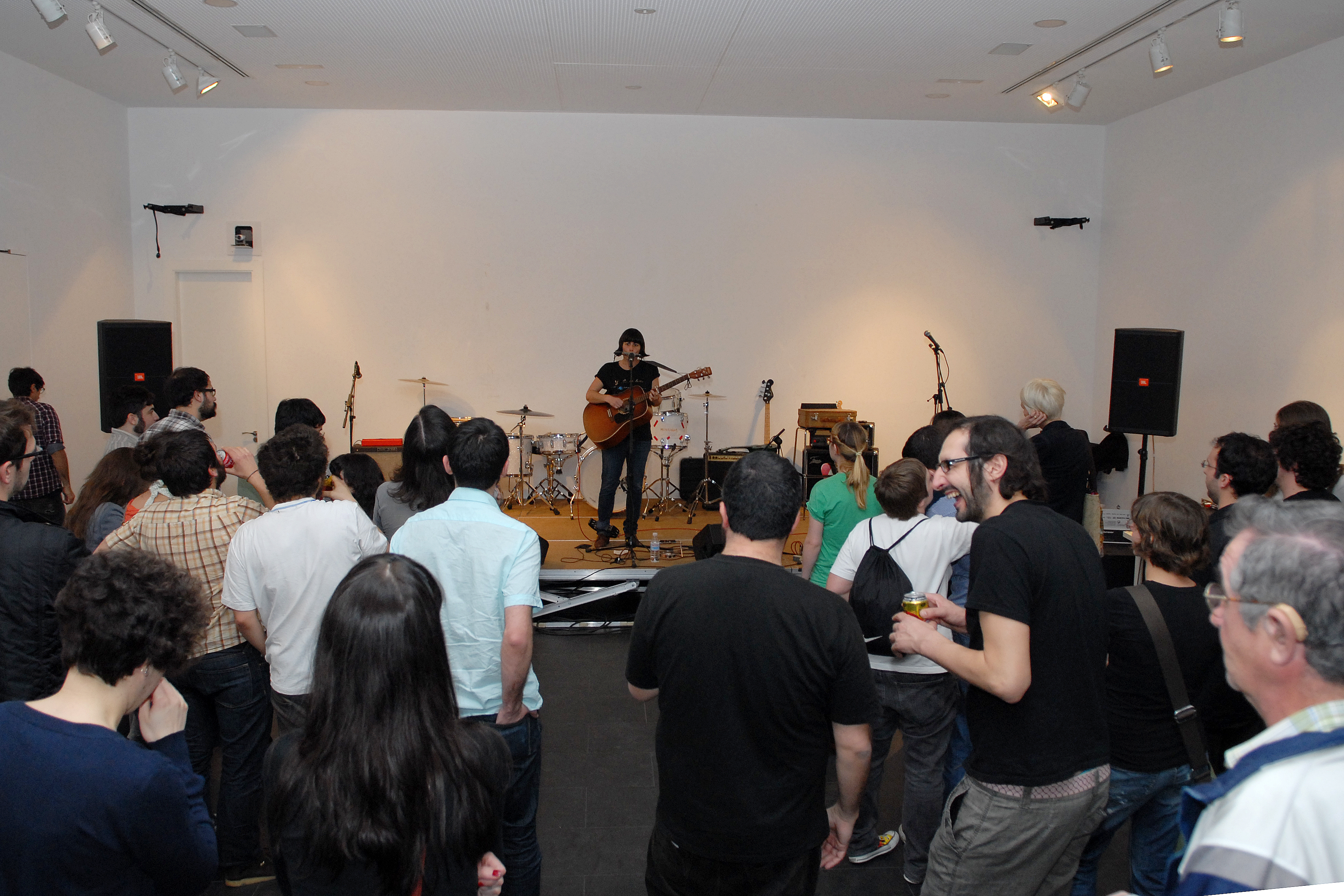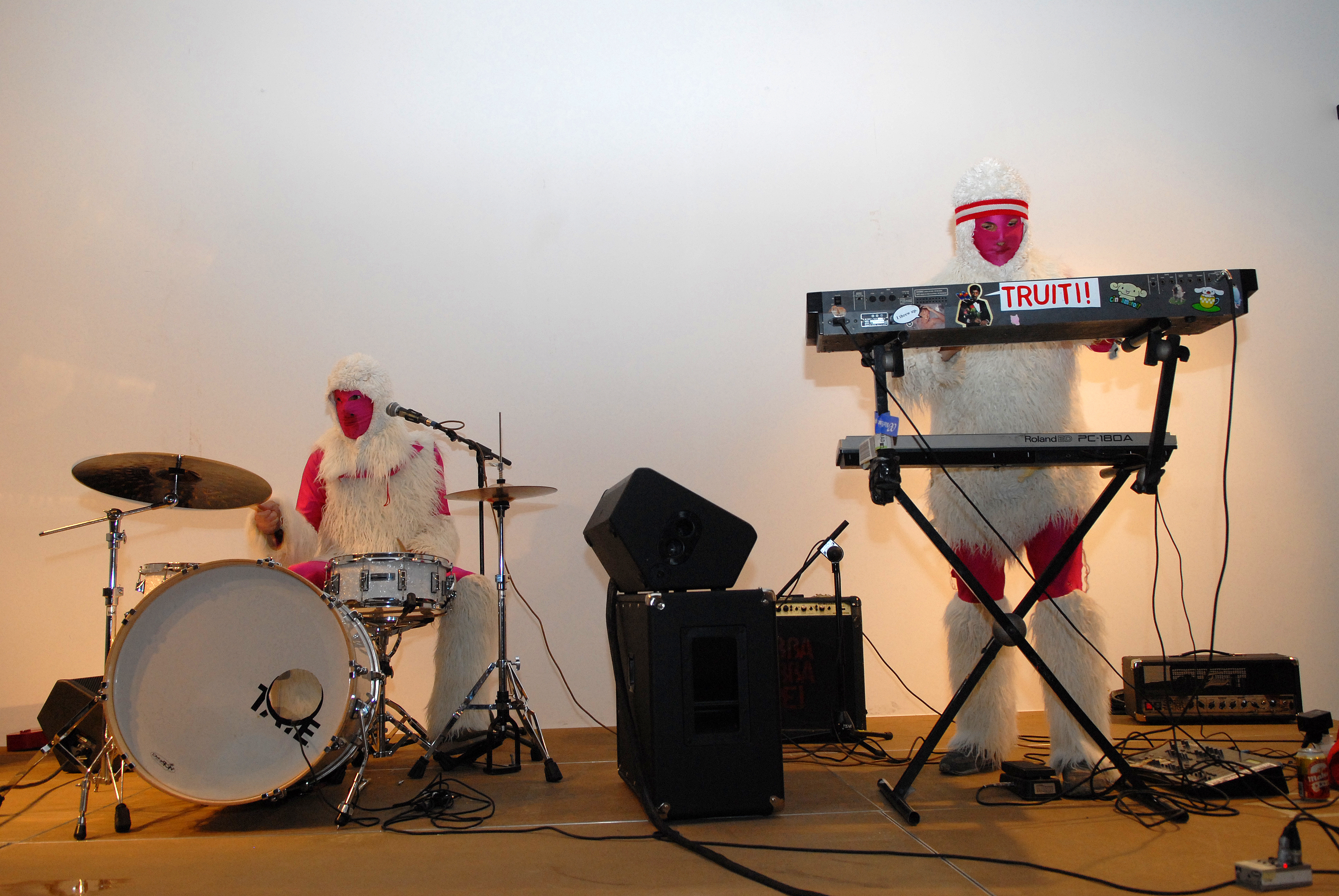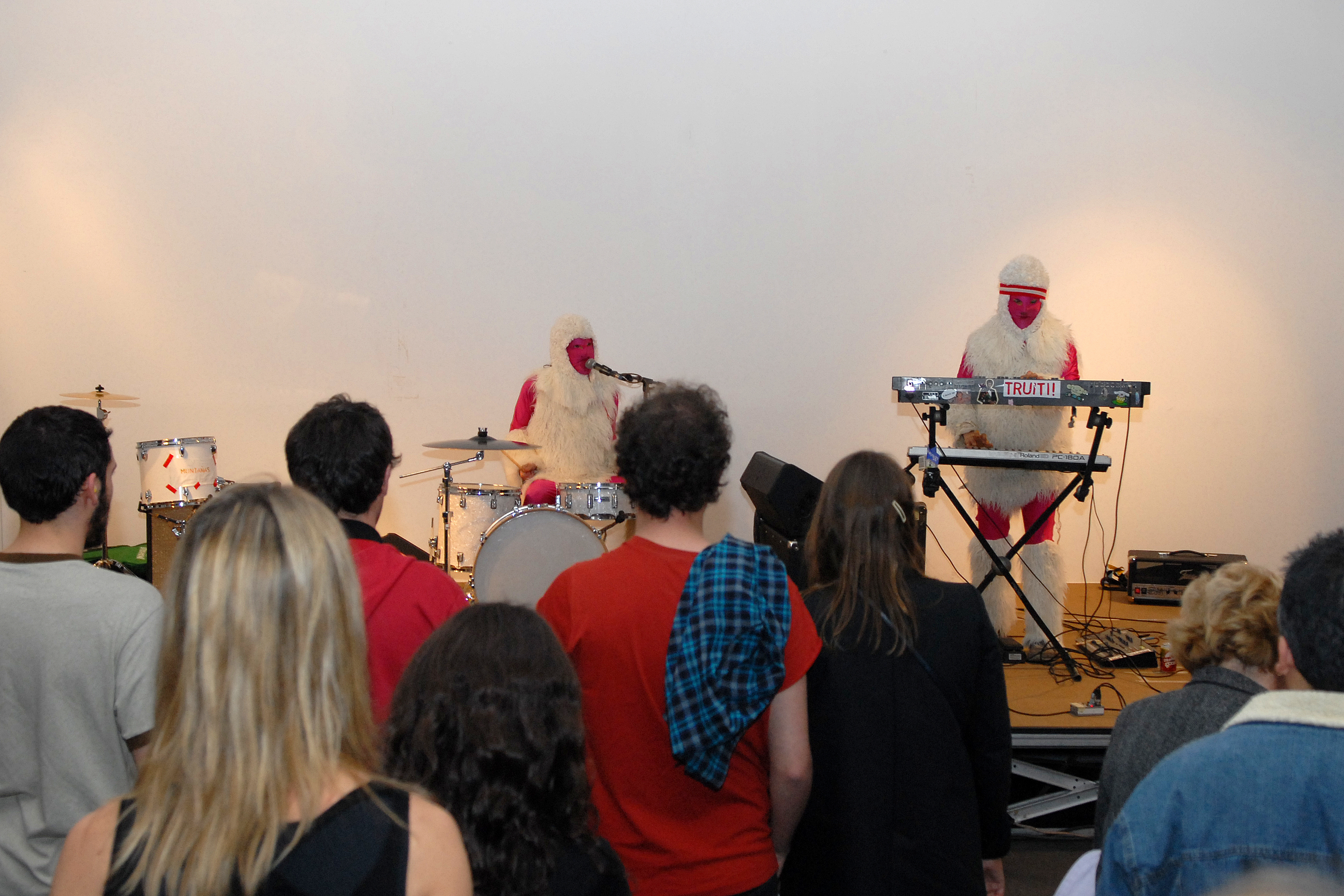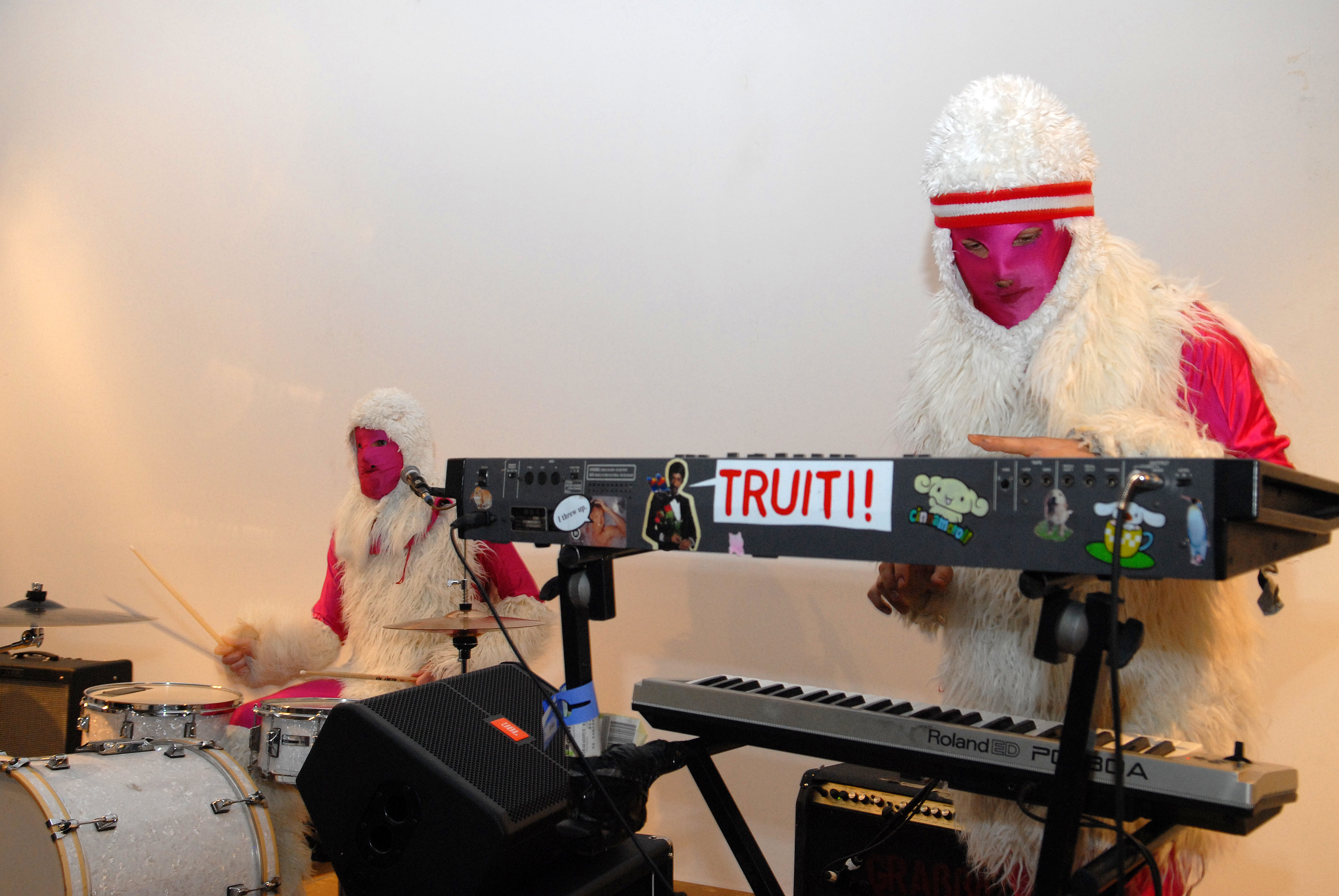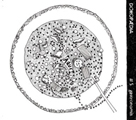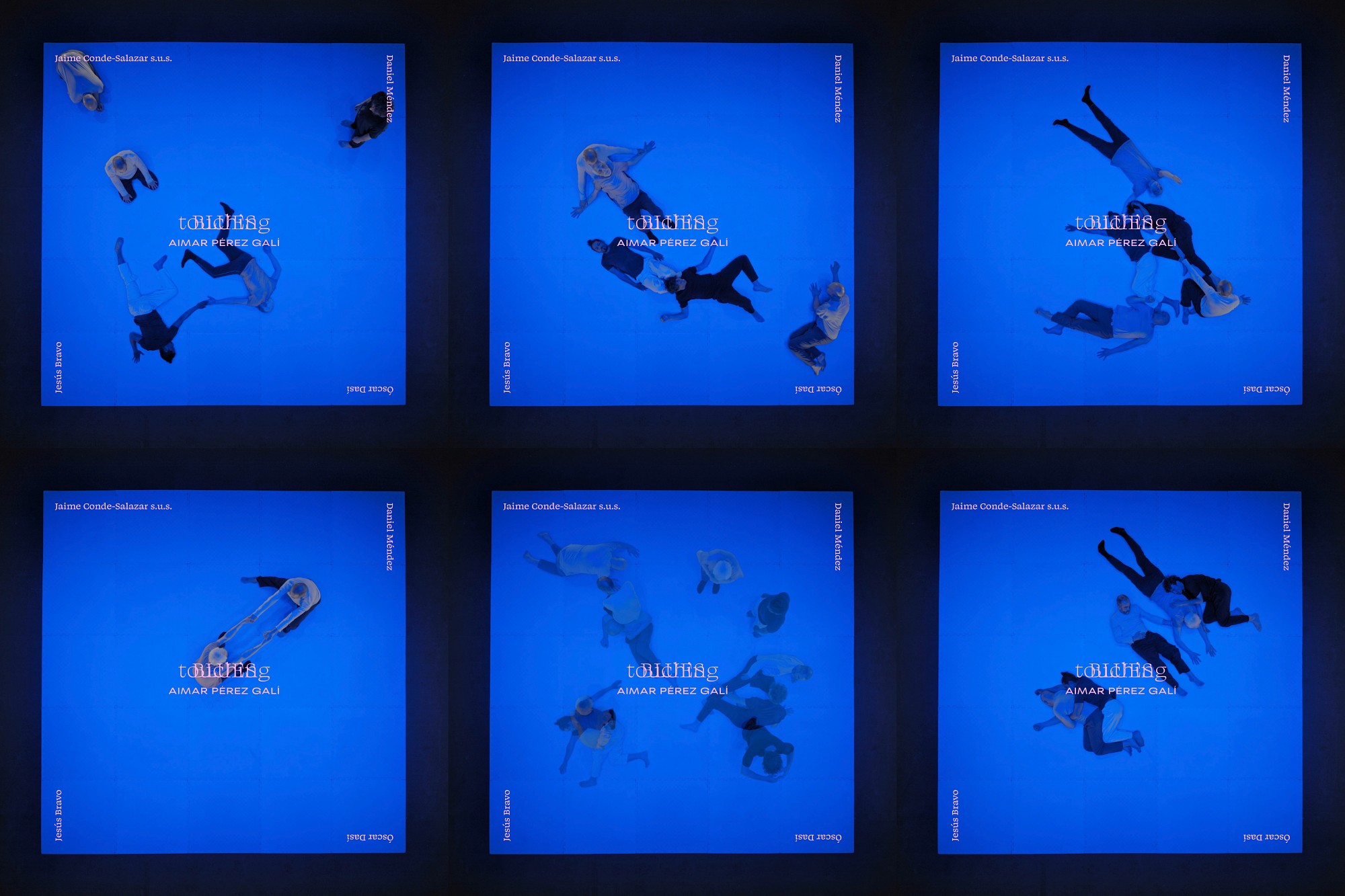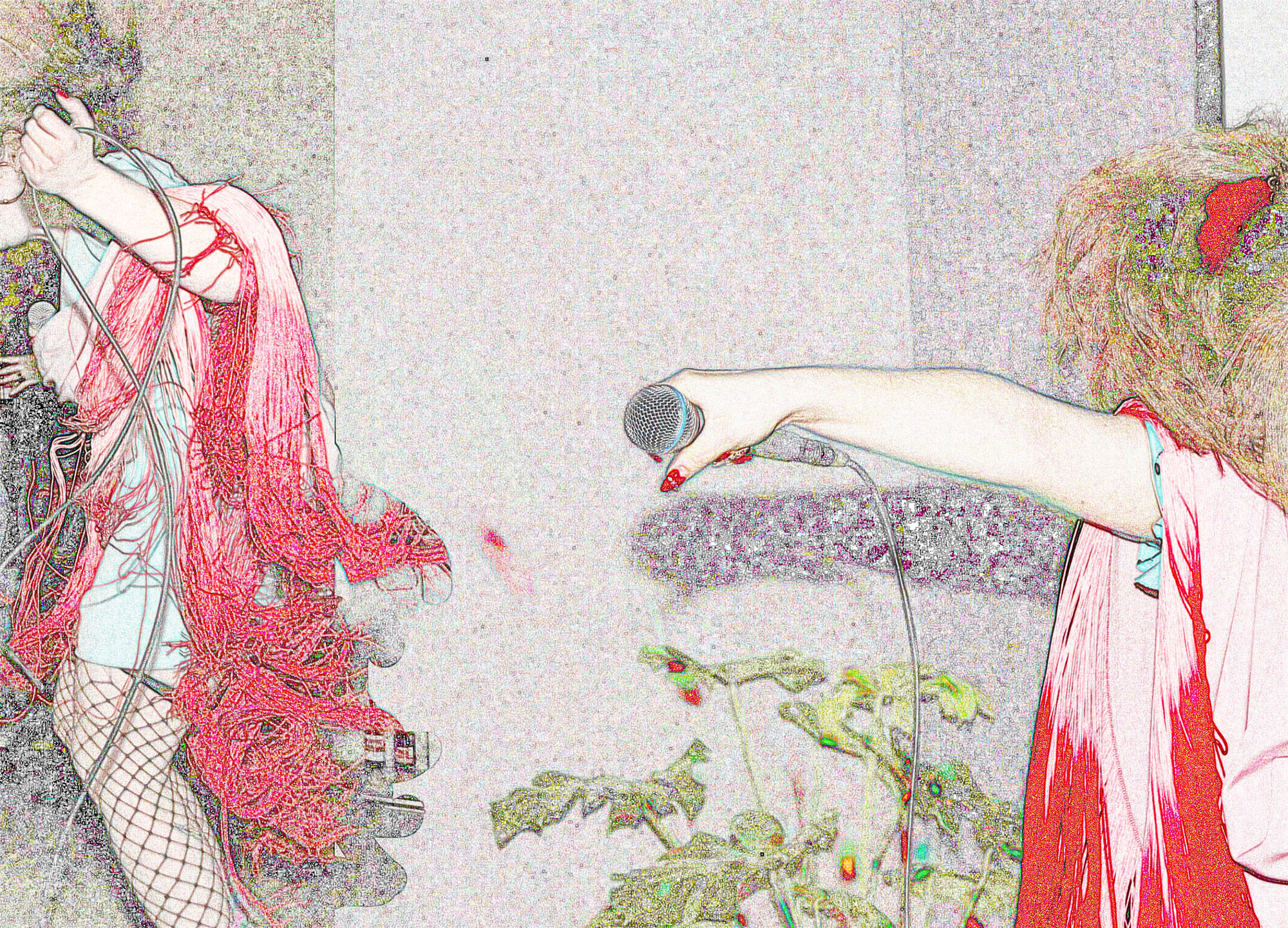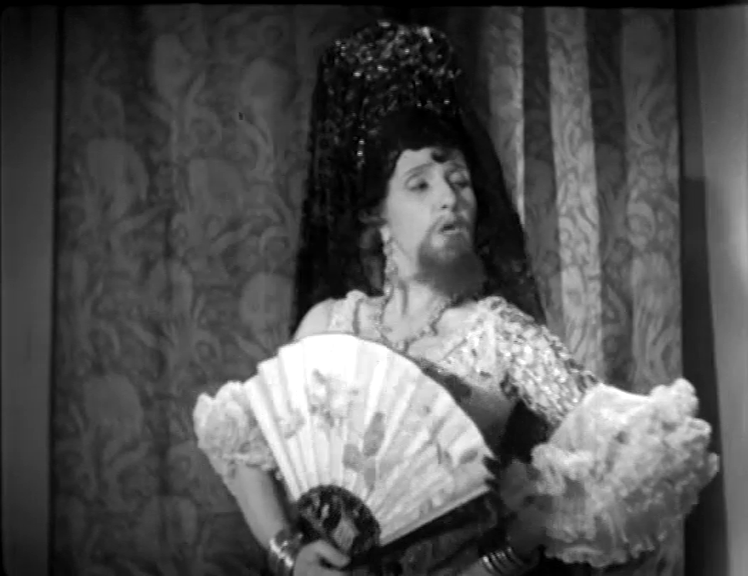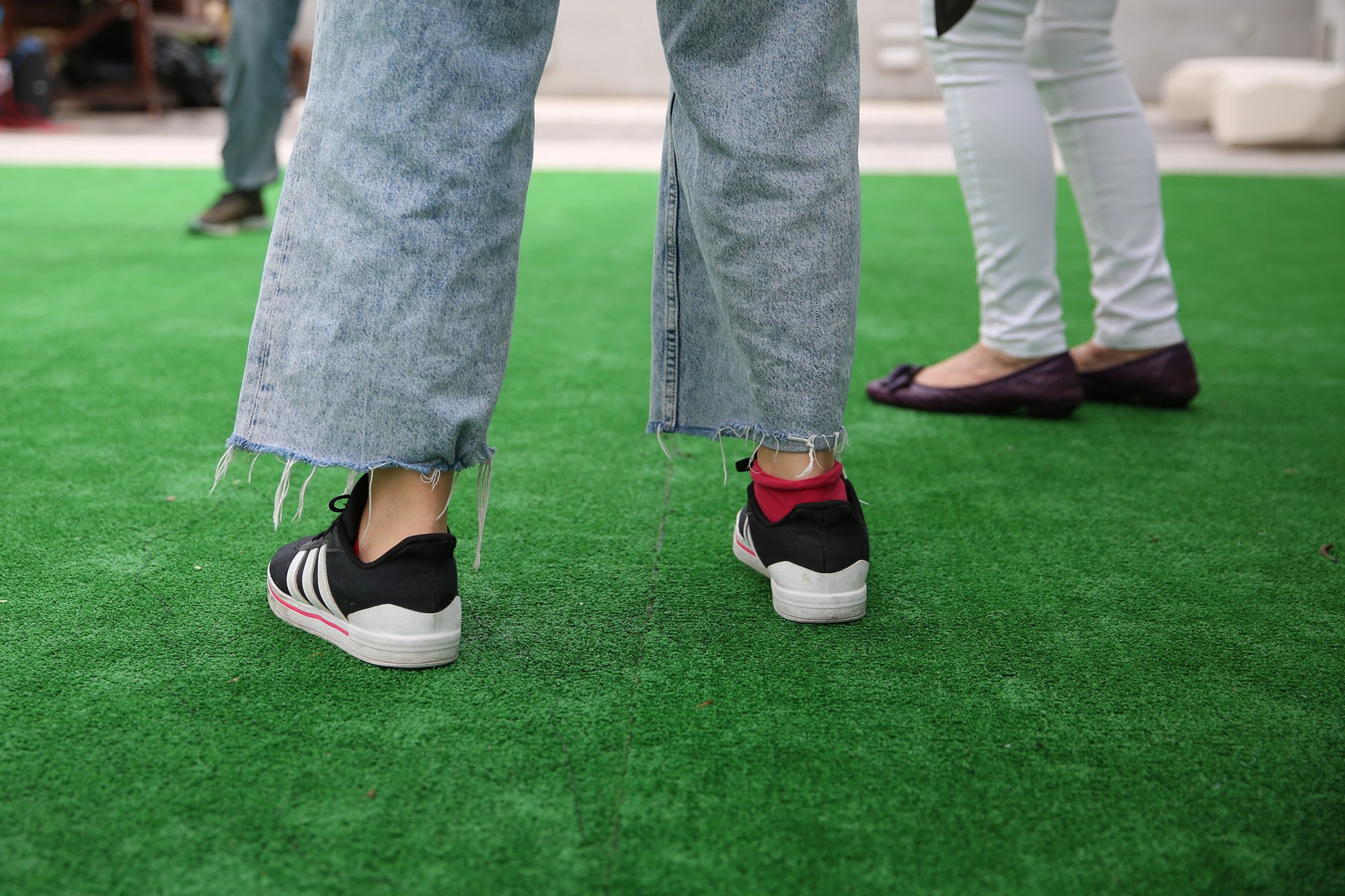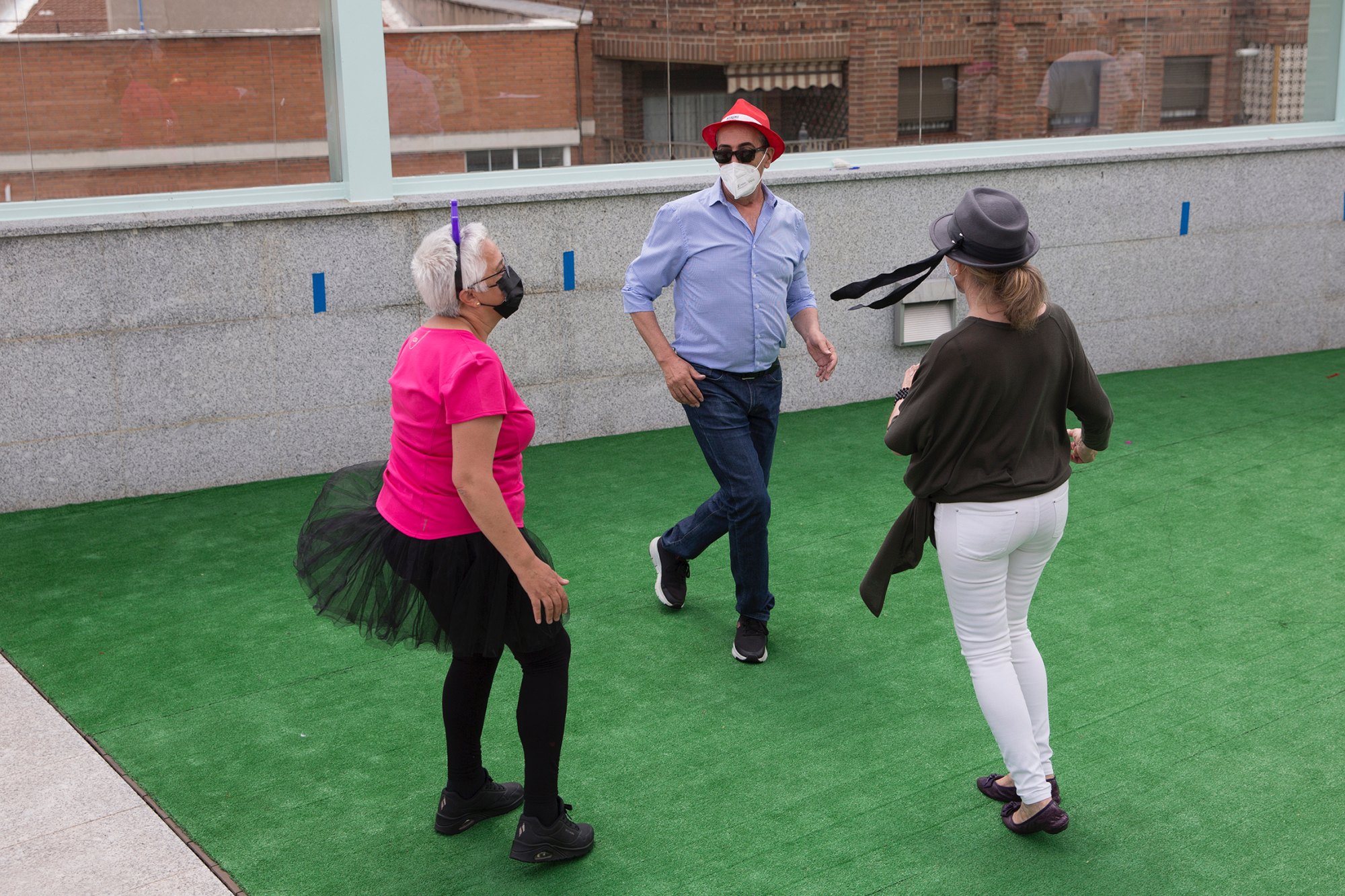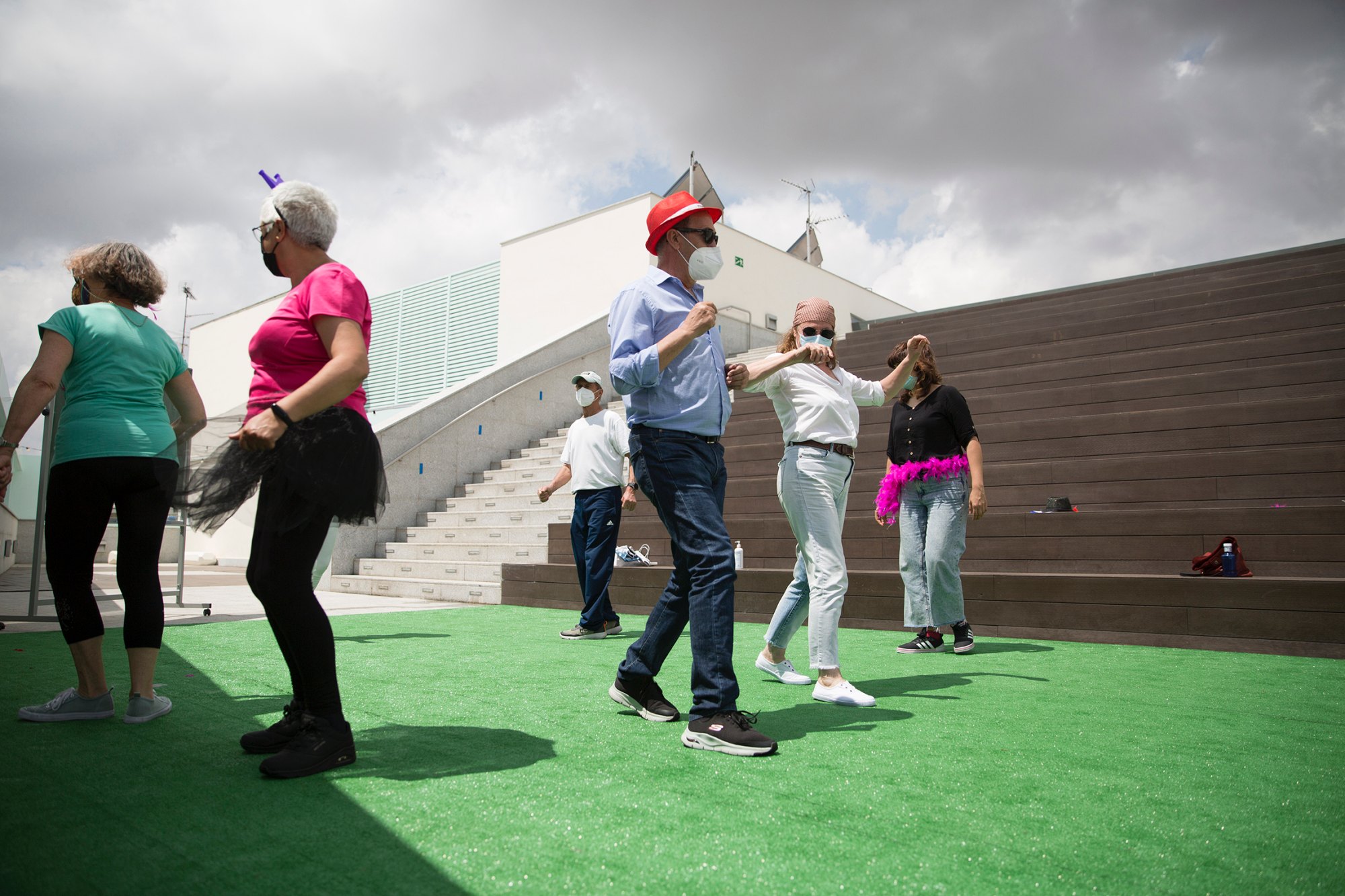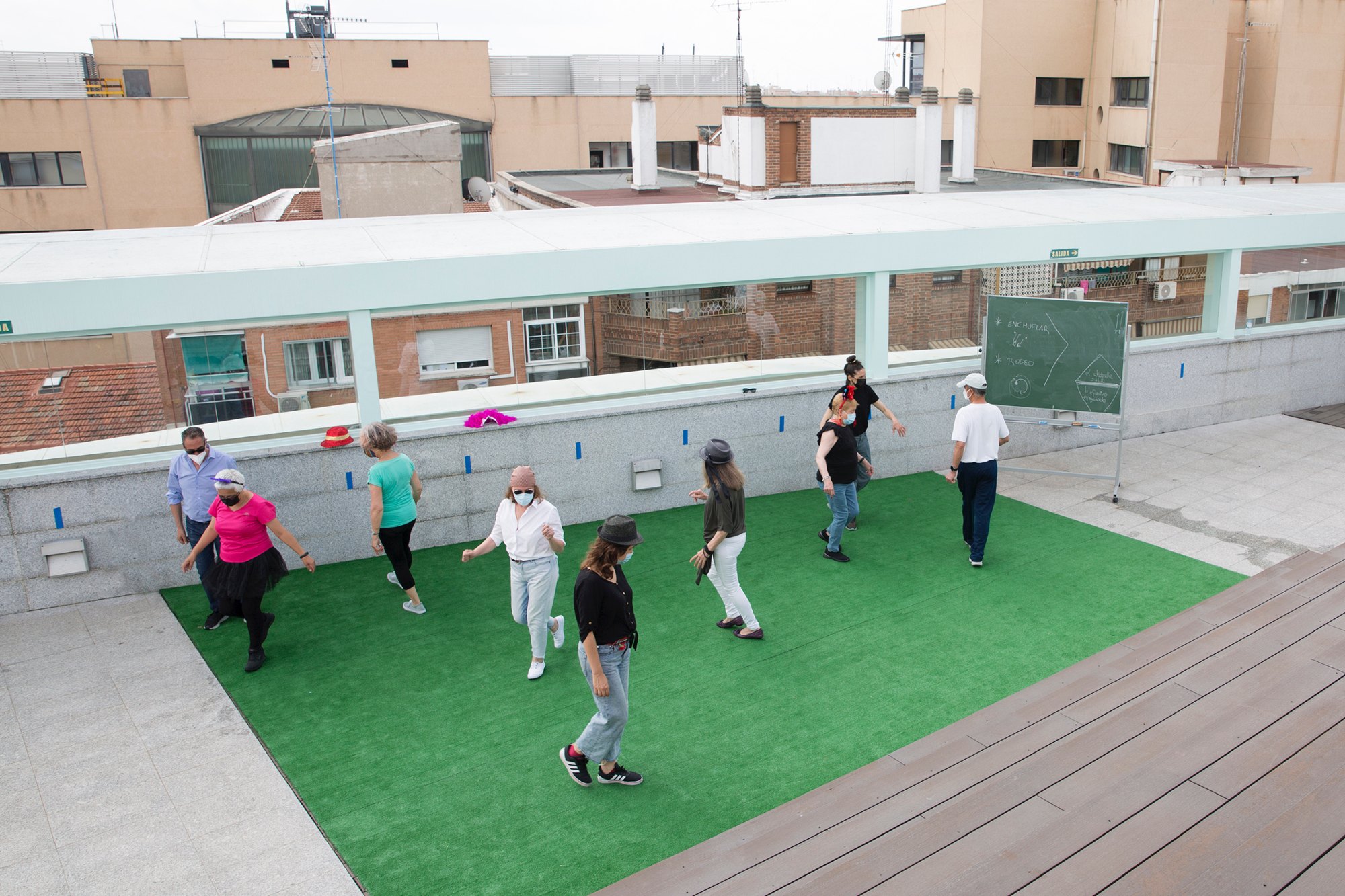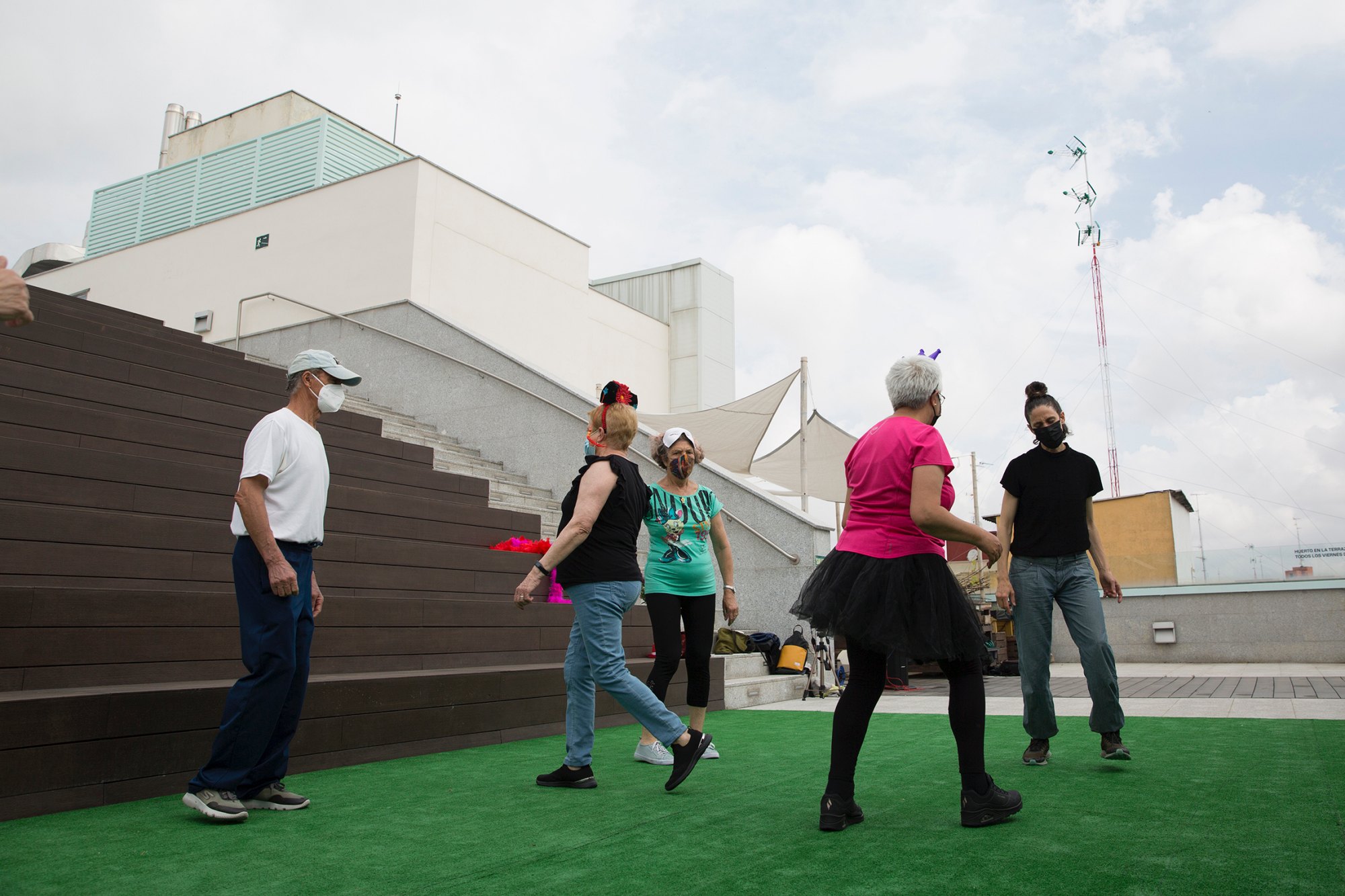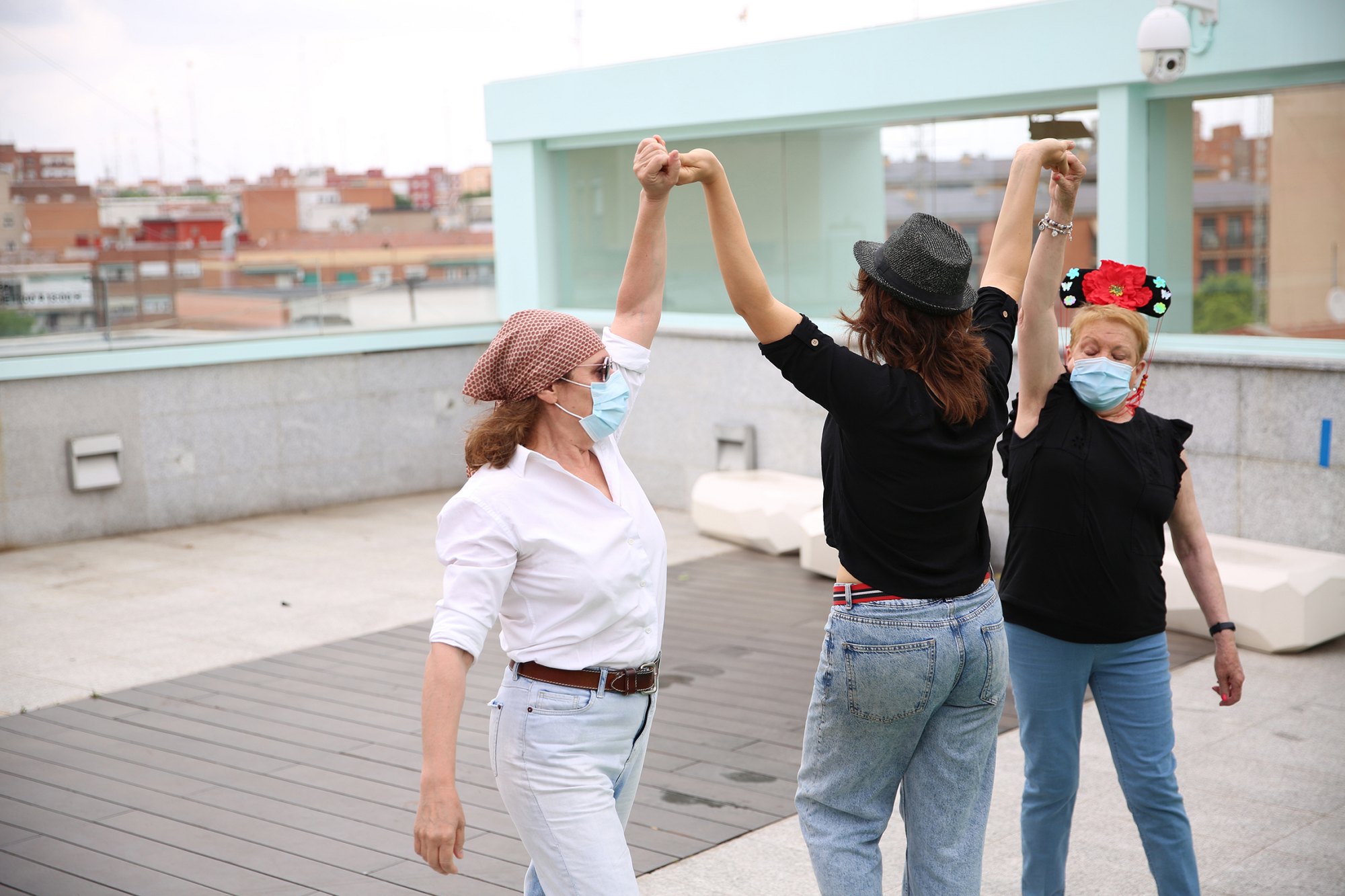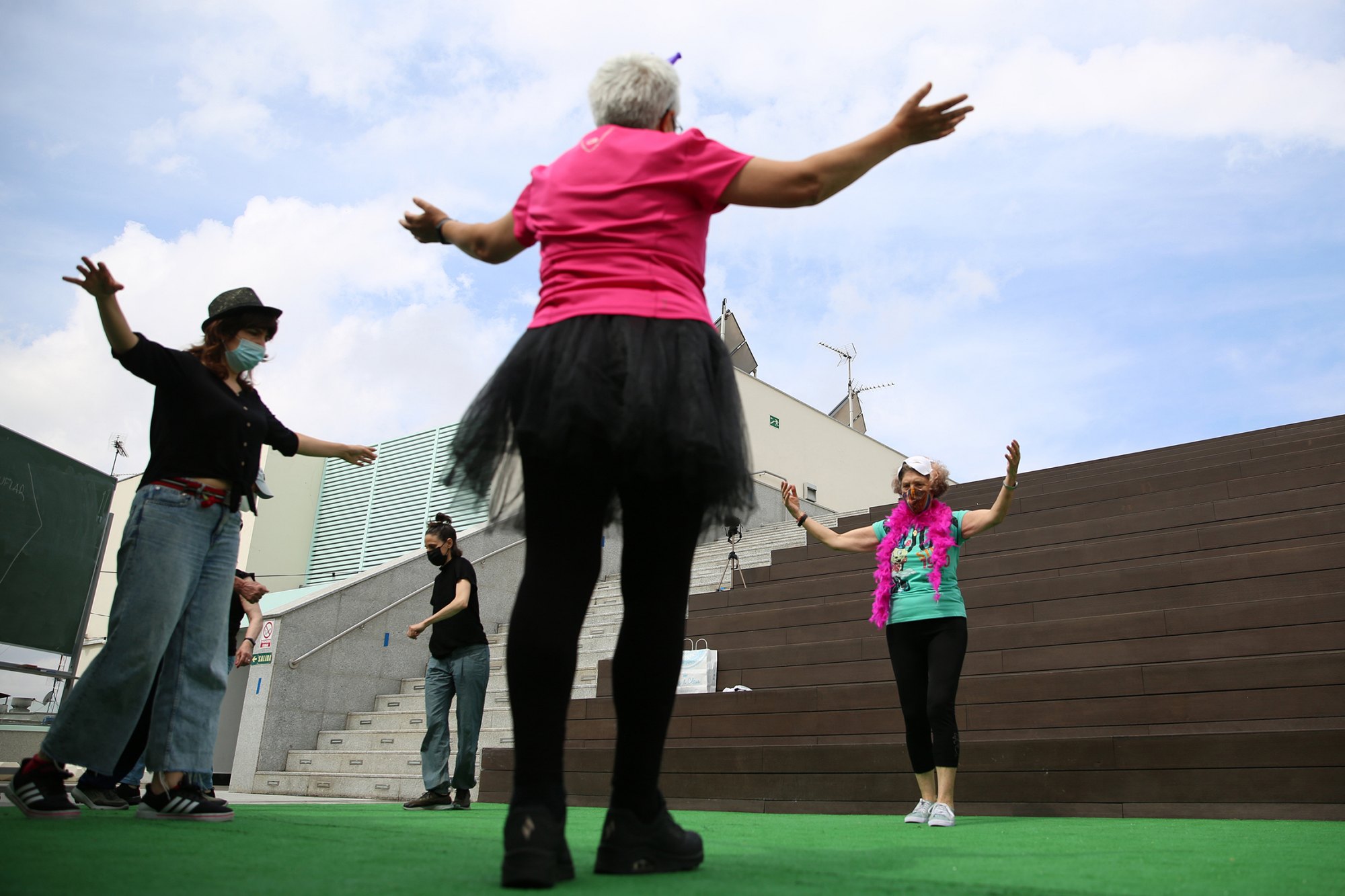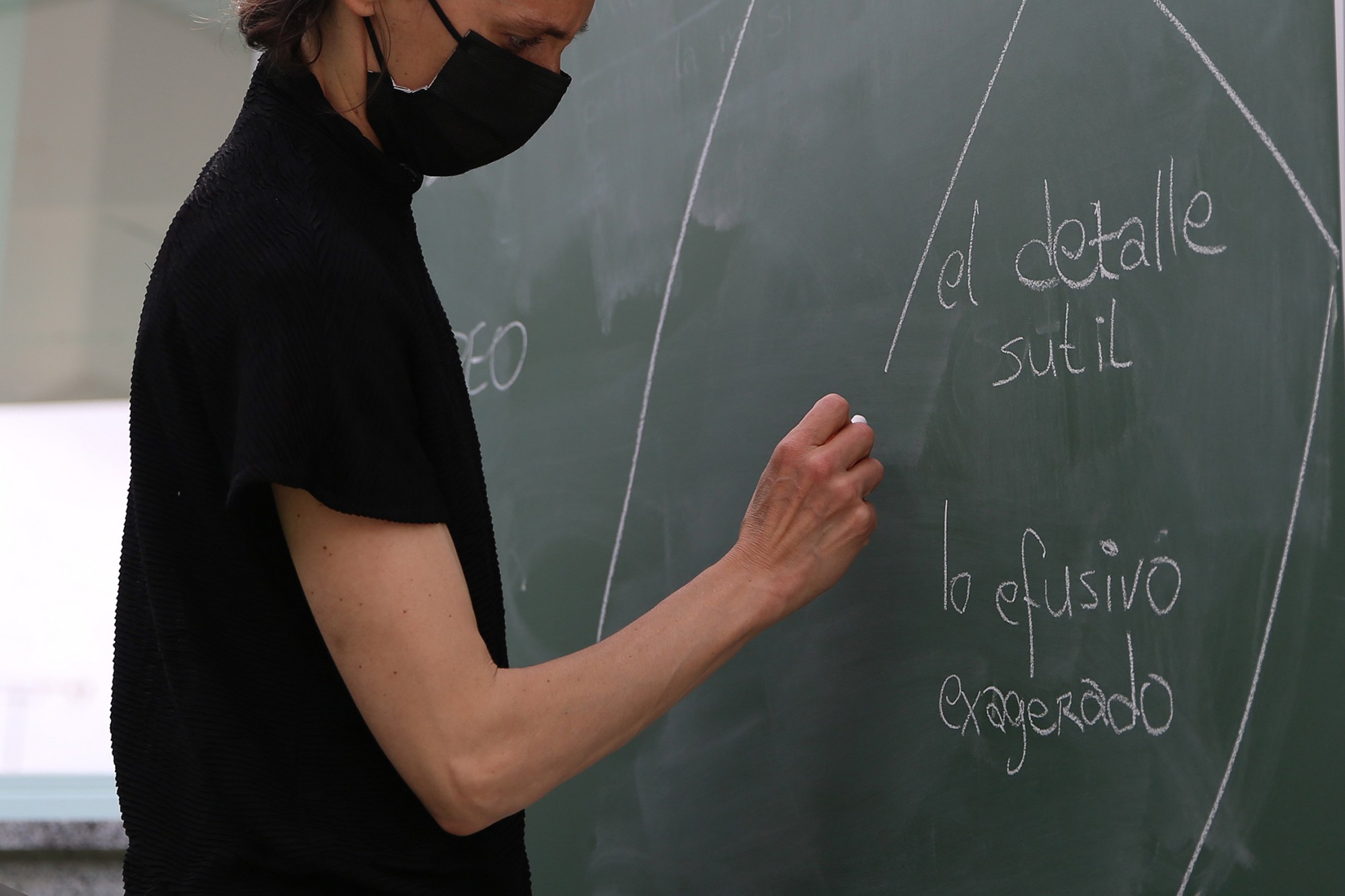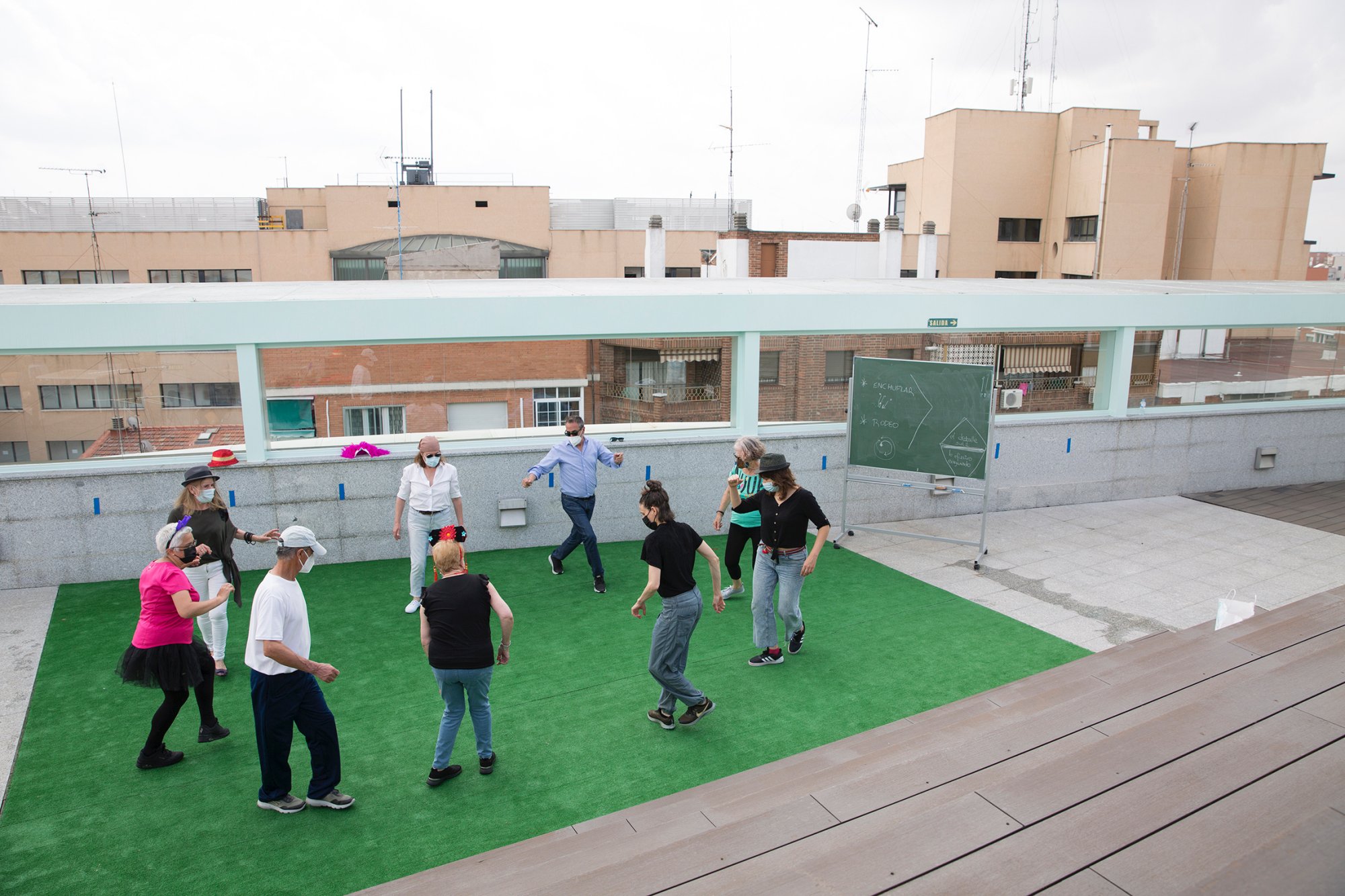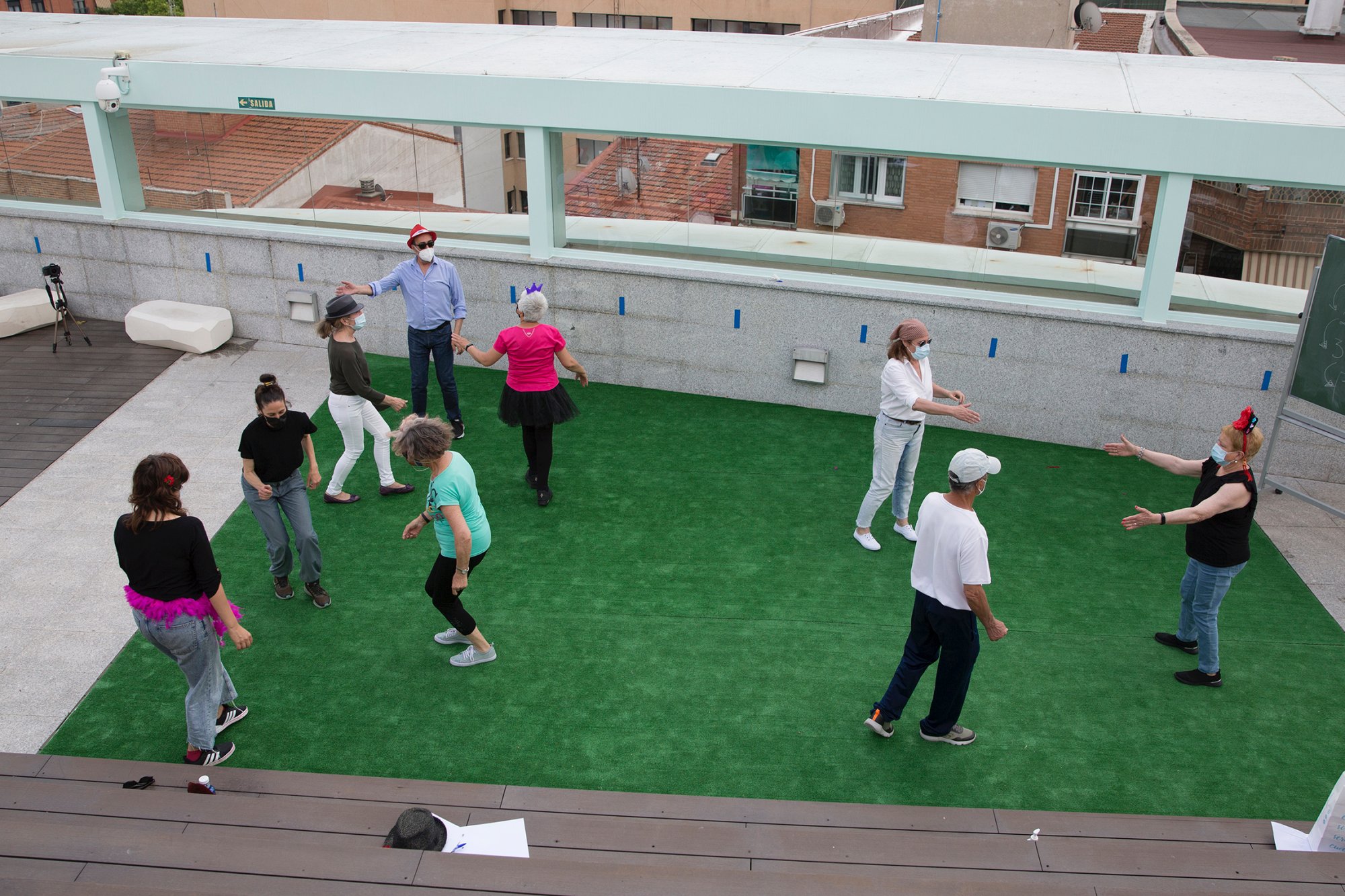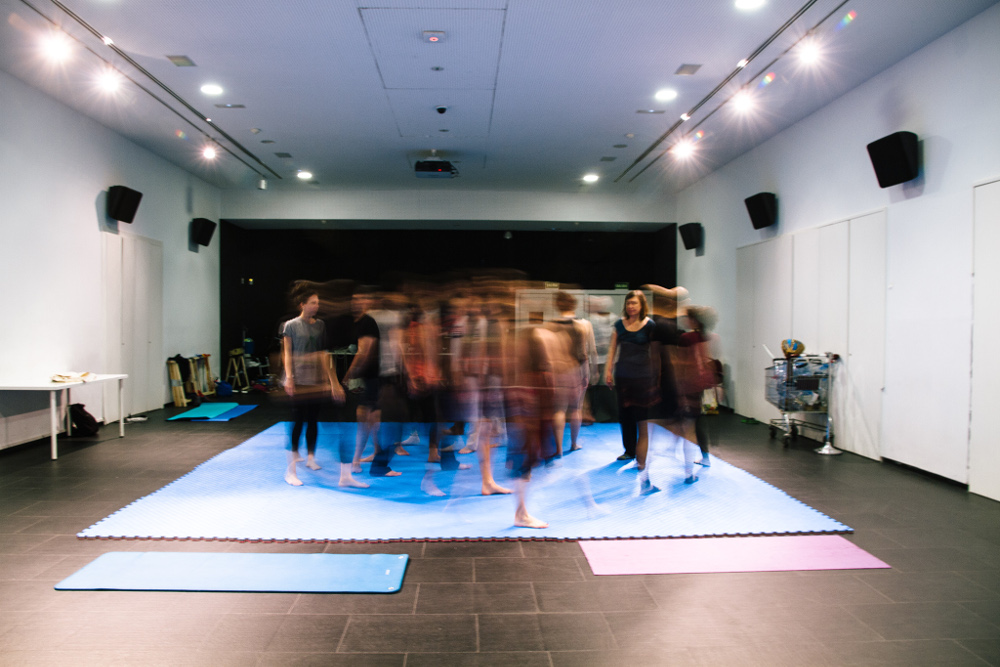CD CONTENTS. www.doropaedia.net
MUSIC
New releases by:
ASTRUD
Intelligence and approachability come together in this duo, capable of combining electronic music with the most acoustic pop and of delivering everything from poignant ballads to dance-floor hits. Immune to fashions and trends, they spearheaded the revival of Spanish electro-pop from the 1980s, but this has never lessened their enthusiasm for the great pop idols or kept them from playing with every conceivable style. Now elevated to historic status, this duo is one of Spain’s best indie music bands.
JOE CREPÚSCULO
Joe Crepúsculo (born Joël Iriarte) is a Spanish singer-songwriter. Though he records as a solo artist, he is also the singer and keyboardist for a band called Tarántula. His work is characterised by unpretentious vocals, profound and surreal lyrics, and homemade instrumental accompaniment, all with a low-fi sound. Another remarkable thing about this artist is that he releases his albums under a Creative Commons licence and posts them on his website for all to enjoy.
Now, after his album SuperCrepus (Producciones Doradas 2008) was hailed by music critics as one of the best Spanish albums of 2008, this October he brings us his third album entitled Chill Out.
LA BIEN QUERIDA
In April 2009, this artist released her debut album Romancero, produced by David Rodríguez (LA ESTRELLA DE DAVID). With seven familiar songs from the rough cut and five new ones, Romancero is one of the most eagerly awaited albums of recent years, and it would not be an exaggeration to say that it will be one of the most important in the years to come. Ana asked David Rodríguez (BEEF) to produce her work with the idea of blending the superb creativity of LA ESTRELLA DE DAVID (David’s solo project) with clean sounds adapted to the friendly context of her melodies. The result is that Ana’s songs acquire a unique artistic dimension with David’s sonic inventiveness, and his skill shines brighter than ever when tamed by the naturalistic beauty of Ana’s songs.
This work by LA BIEN QUERIDA is one of the most eagerly awaited releases of Spanish indie-pop of recent years, and this is because everyone fell in love with her demo (chosen as the best of 2007 by Mondo Sonoro, featured in Rockdelux and played hundreds of thousands of times on MySpace, where her page is one of the most visited new artist sites). This album is undoubtedly one of the most talked-about debuts in the history of Spanish indie music.
MANOS DE TOPO
Manos de Topo is a pop band that intones (sur)real Spanish lyrics, a fact which has led some to describe their style as bizarre pop. They recently released their second LP, El primero era mejor [The First One Was Better], and their website offers the following explanation: “The first one was better – or perhaps not, but at least it was less painful.” While the first one raised some blisters, this second album twists the knife in the wound and leaves us convalescing. And while earlier comments highlighted a surrealist intention behind their lyrics, now we have no choice but hyperrealism. A lot of people wondered what Manos de Topo would do next after their acclaimed Ortopedias Bonitas. Well, the answer is here, and we can already hear the ghoulish fascination and a few sharpened pens lurking behind the door. Will they do it again? Even better: they take it one step further.
ESTRAPERLO
In progression. Permeable to any variety of pop music. Like history, Extraperlo doesn’t crawl: it advances by leaps and bounds. This is obvious if we consider how they have managed to mutate an uncomplicated, homegrown indie-pop to achieve the global sound of Desayuno continental. This Barcelona-based quartet has assimilated the variability of their restless pop with the ease of individuals who never tire of learning, of moving forward. Now they confidently stride ahead, absorbing the good and rejecting the bad, and embracing a stylistic crossover that knows no bounds.
VIDEO
VENGA MONJAS
Venga Monjas is the nom de guerre of Xavier Daura and Esteban Navarro, two students dedicated to the quest for intentions. They are both avid fans of the television programme “La Hora Chanante” produced by Paramount Comedy in Spain. Seduced by the absurd humour, bizarre aesthetics and made-up vocabulary of the “chanantes”, they decided to create their own show at home. Just over a year ago, this odd couple began to make home videos for which they did not use predetermined scripts, preferring instead to draw on their own stores of remarkably polished humour. With no particular aim in mind, they began to record, edit and upload the video clips they made to YouTube. Using rather vague yet suggestive titles like “Infancia prohibida” [Forbidden Childhood] or “Los postres de Tia Edwish” (Aunt Edwish’s Desserts), Venga Monjas continued to post a new chapter each month, building up a community of fans who wait with baited breath for a chance to watch the next ripia (what they call any video that can be seen online). There’s not much we can say about the contents of the videos: situations that jump back and forth from the commonplace to the absurd, grotesque skits, skirmishes, and incomprehensible references.
TEXT
DIEGO A. MANRIQUE
Manrique is considered one of the leading authorities on contemporary music in Spain and owns one of the most important music collections in the country.
He started out as a journalist with the weekly Triunfo. Manrique initially contacted the magazine to criticise the poor quality of the articles it published on rock music, and the editors suggested that he send them something better. Manrique accepted the challenge. Soon afterwards, he joined the staff of Radio Castilla in Burgos. In the 1970s and 80s he wrote for magazines such as Vibraciones, Rock Especial, Todas las Novedades and all kinds of other publications, provided they had a page dedicated to rock music.
In 1979-80, he worked with Carlos Tena on Popgrama, a show about the musical avant-garde broadcast by Televisión Española. In the following years they would meet again on the sets of Caja de ritmos (1983), for which Manrique was the screenwriter, and Pop Qué (1984). He also worked as a screenwriter for the television programmes ¡Qué noche la de aquel año! (1987) and FM 2 (1988).
Since 1992, he has hosted the show El Ambigú on Radio 3, a station operated by Radio Nacional de España. He combines this work with writing music reviews for the Spanish daily El País and its Sunday supplement El País Semanal.
Manrique still writes occasionally for the magazine Efe Eme, which he founded, as well as for Rolling Stone.
In May 2008 he was appointed deputy director of Radio 3.
He won the National Ondas Prize for radio in 2001.
In February 2009, he received the Backstage Award from the APM (Association of Spanish Music Producers).
IMAGES
ATLAS OF ELECTROMAGNETIC SPECTRUM
spectrumatlas.org
The Atlas of Electromagnetic Space is an interactive visualisation of the radio spectrum and a database of artistic and social interventions that have been developed in recent decades which rely on radio technologies. Projects are classified according to the frequency they occupy. The aim of the project is to create a clear and comprehensible visual tool that will allow users to understand how the frequency allocation system is structured and regulated and how it relates to everyday technologies such as radio, television, mobile phones, Wi-Fi networks and many more. But the most important goal of the Atlas is to create an archive of the most important and significant interventions in Hertzian space conceived and implemented by artists, designers, activists, hackers, social movements and other agents of civil society.
We believe that visualising this activity is necessary because it shows how alternative perspectives and interpretations of these technologies, and of the policies that regulate them, enrich their social and cultural potential beyond their designated uses. All of this cultural production is a prime example of how different social forces are demanding a participatory role in the political processes that govern the spectrum, in an arena where the telecommunications industries and the authorities have traditionally called all the shots.

